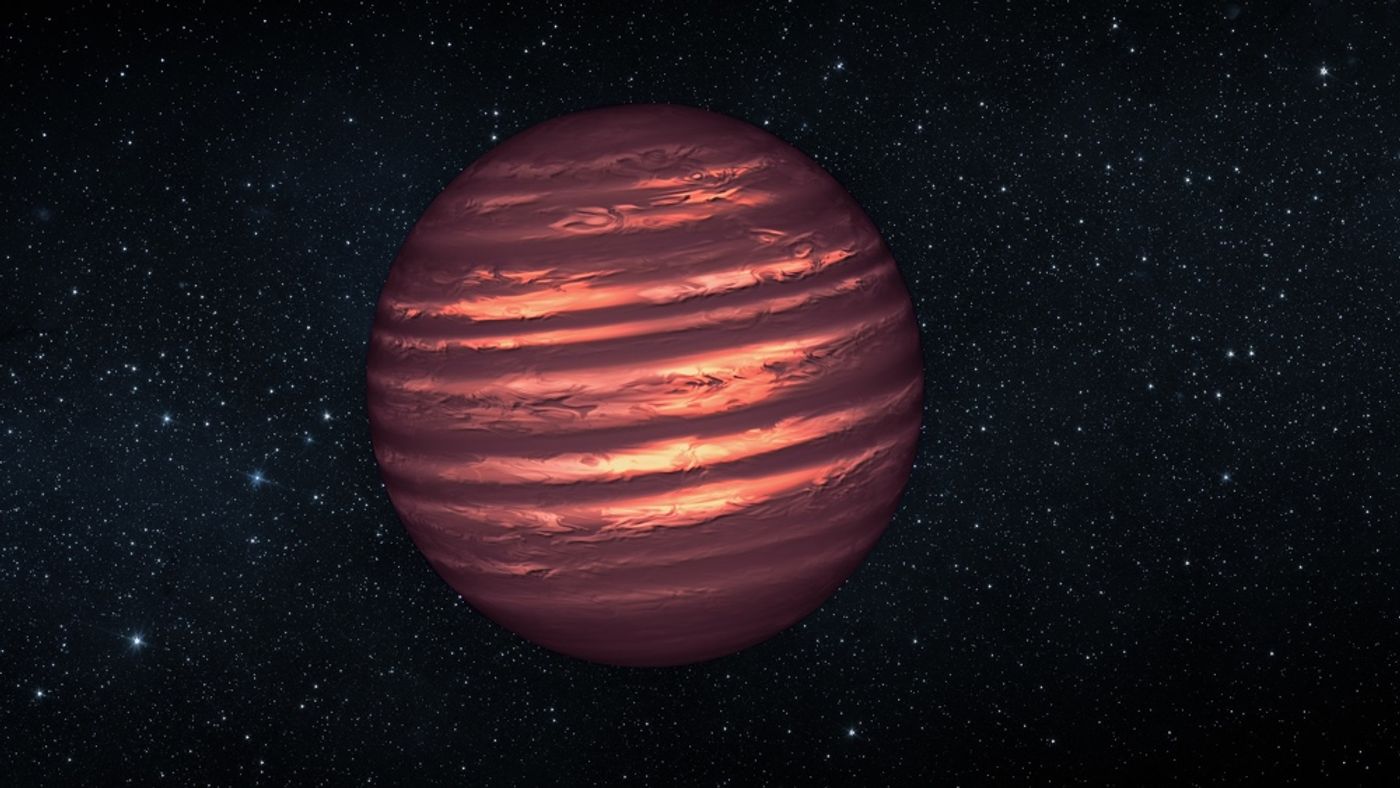Giant Exoplanet Orbiting a Brown Dwarf Revealed in Gravitational Microlensing Event
Astronomers are always hunting for worlds beyond our solar system to learn more about how our planetary neighborhood formed and whether life exists anywhere else in the universe.
Many exoplanets are too distant to find or observe directly, but with the help of a phenomenon known to the astronomical community as gravitational microlensing, we can sometimes become tipped off to their existence.
Image Credit:
One of the most recent discoveries involves a giant exoplanet with around 25% less mass than Jupiter. Dubbed OGLE-2017-BLG-1522Lb, the alien world resides within the bulge of the Milky Way galaxy where it orbits a brown dwarf sporting about 46 times the mass of Jupiter.
The findings have been made available in a paper published to the arXiv.org server.
Related: There could be more than 100 million brown dwarfs hiding throughout the Milky Way
Citing the paper, the astronomers found the distant world on August 7, 2017, during the Optical Gravitational Lensing Experiment (OGLE). They were using the Chilean-based 1.3m Warsaw telescope at the Las Campanas Observatory at the time.
As it would seem, a buffer zone of approximately 0.59 astronomical units separates OGLE-2017-BLG-1522Lb from its host star. Furthermore, it exists beyond what planetary scientists refer to as the ‘snow line,’ which means the exoplanet likely isn’t habitable.
The study comes with a truckload of uncertainties that need to be revisited in the future. For one, the brown dwarf’s mass isn’t set in stone yet, and this leaves an essential variable out of the research. On the flip side, this just might be the first-known giant exoplanet found orbiting around a brown dwarf host with a mass comparable to a planet.
It should be interesting to see whether the researchers can uncover more details about the system and solve the mystery of how it came to be. Only time will tell…
Source: Gizmodo









